I revere that long line of expert seamen who by their devotion to duty and sacrifice of self have made it possible for me to be a member of a service honored and respected, in peace and in war, throughout the world.
Harry G. Hamlet, “Coast Guardsman’s Creed”
Written in 1938, the text above is a powerful passage from the Coast Guardsman’s Creed. The Creed was one of Harry Hamlet’s many contributions to a Coast Guard he loved and served.
Harry Gabriel Hamlet was born Aug. 27, 1874, in Eastport, Maine. He was the son of distinguished Capt. Oscar C. Hamlet of the U.S. Revenue Cutter Service. He graduated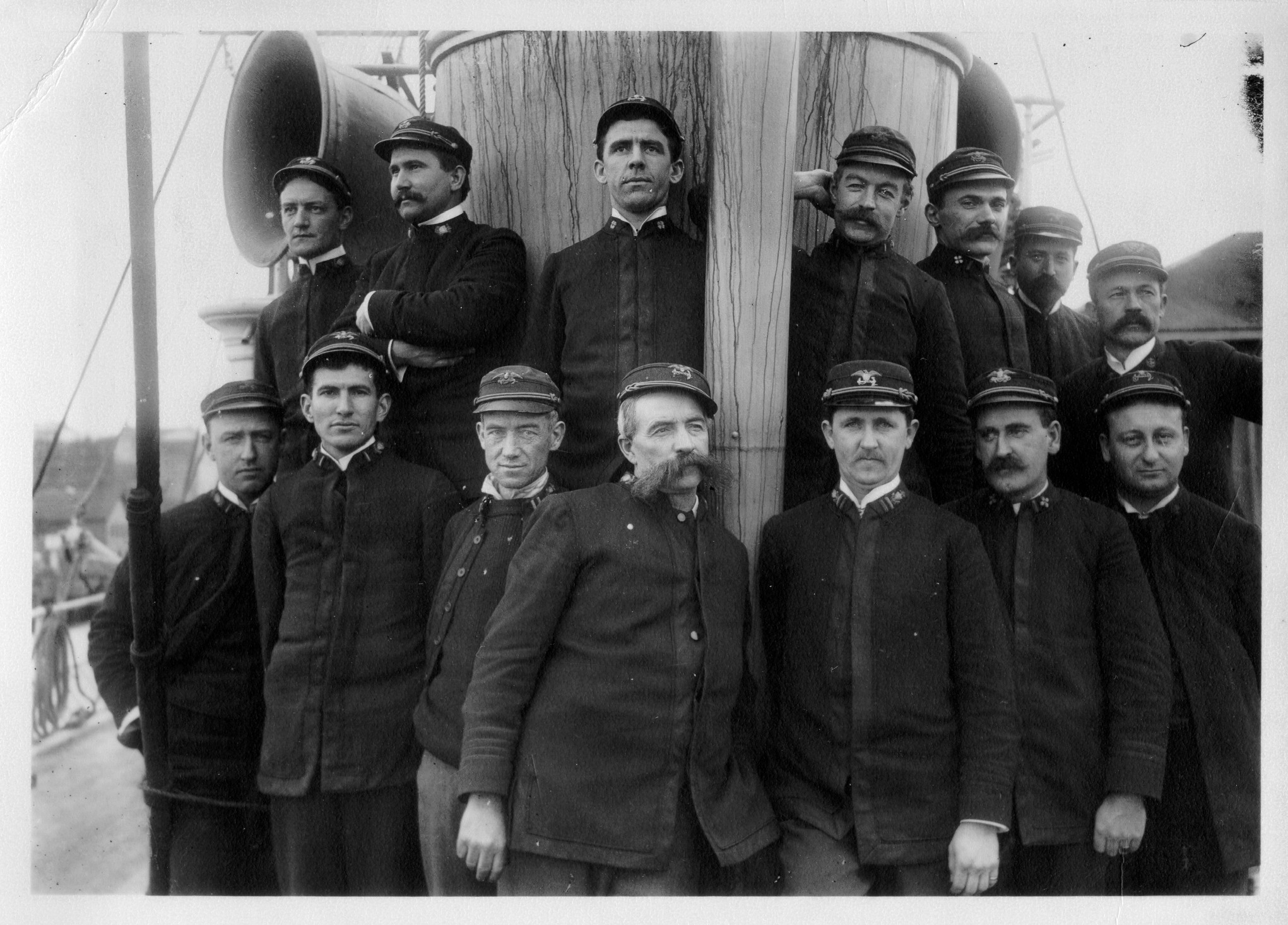 from Dorchester (Massachusetts) High School and then attended the Massachusetts Institute of Technology. On April 12, 1894, he was appointed a cadet in the Revenue Cutter Service and received his instruction aboard the school ship Salmon P. Chase. He graduated high in his class and was commissioned an ensign on April 27, 1896.
from Dorchester (Massachusetts) High School and then attended the Massachusetts Institute of Technology. On April 12, 1894, he was appointed a cadet in the Revenue Cutter Service and received his instruction aboard the school ship Salmon P. Chase. He graduated high in his class and was commissioned an ensign on April 27, 1896.
Hamlet was first assigned to the famed revenue cutter Bear. He was attached to that vessel during its historic 1897 Overland Relief Expedition in Alaska to save the crews of four whaling ships trapped near Point Barrow. This was the first time a cutter had sailed north of the Arctic Circle in the winter. Hamlet wintered aboard the icebound cutter with most of the crew while a relief expedition deployed onshore to save the whalers. The event has gone down in history as one of the most arduous and perilous rescue expeditions to the Far North and perhaps the most famous in Coast Guard history.
In 1900, Hamlet became one of the first two Revenue Cutter Service officers to attend the Naval War College in Newport, Rhode Island. From there he served aboard Bering Sea Patrol cutters Onandaga, Bear once again, and then the Commodore Perry. In 1903, Hamlet received his first afloat command aboard the revenue cutter Arcata. Later, he served as an instructor at the Revenue Cutter Service Academy and as an inspector for the U.S. Life-Saving Service. In 1912, he returned once again to the West Coast and assumed command of the cutter Tahoma. A year later, he was promoted to captain and took command of the Seattle-based revenue cutter Unalga.
In April 1917, when the United States entered World War I and the Coast Guard fell under Navy control, Hamlet was assigned to the Navy’s Third Naval District in New York. There, he made a name for himself in organizing operations and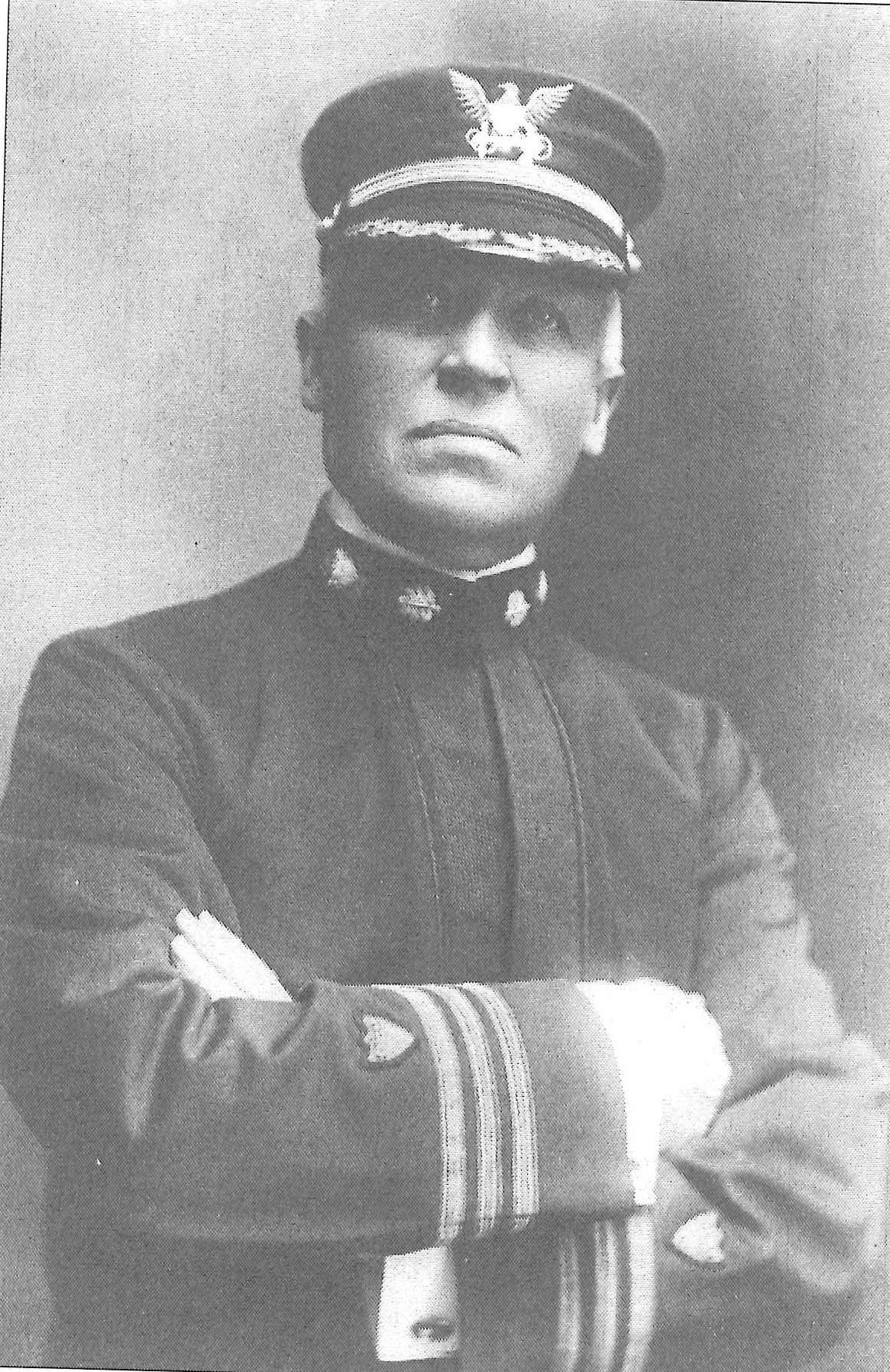 training for the personnel at various Naval Section Bases.
training for the personnel at various Naval Section Bases.
In October 1918, Hamlet joined the U.S. Naval Forces at Brest, France, assuming command of the Navy gunboat USS Marietta. On April 23, 1919, while commanding this vessel, he rescued the 47-man crew of the USS James, a Chesapeake Bay fishing vessel re-purposed as a minesweeper, which was overwhelmed by a severe storm off the coast of France. Hamlet bravely maneuvered the Marietta alongside the James in spite of high seas threatening to crush the two vessels together. His shiphandling skills and afloat experience were instrumental in saving the entire crew. In recognition of his gallant conduct, the Secretary of the Treasury awarded him the Congressional Gold Lifesaving Medal and he received a Special Commendation from the Secretary of the Navy entitling him to wear a silver star on his service ribbon.
In September 1919, Hamlet reported to Coast Guard Headquarters in Washington, D.C. to head the service’s Personnel Division. He was also placed in charge of the Office of Cutter Operations serving in that capacity until re-assigned in May 1922. He then assumed command of Coast Gua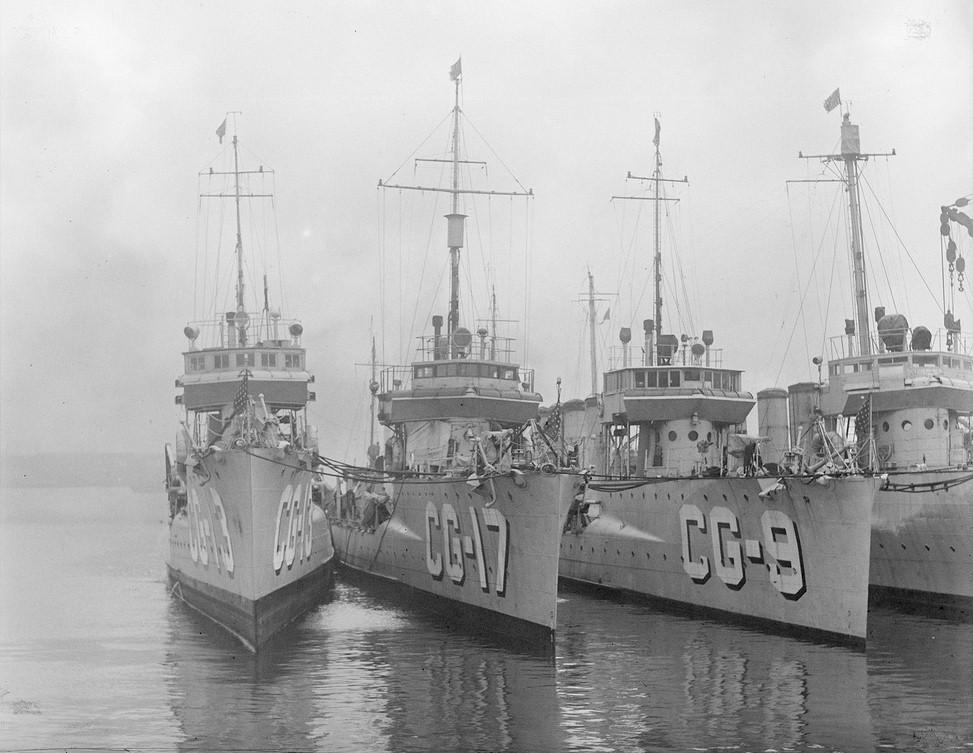 rd cutter Mojave stationed in Honolulu and commanded that vessel on its historic cruise to foreign ports in the Far East. As a consequence of his service on the West Coast, aboard the School of Instruction summer cruises and his World War I deployment, Hamlet was well travelled to foreign and domestic locations.
rd cutter Mojave stationed in Honolulu and commanded that vessel on its historic cruise to foreign ports in the Far East. As a consequence of his service on the West Coast, aboard the School of Instruction summer cruises and his World War I deployment, Hamlet was well travelled to foreign and domestic locations.
In the early stages of Prohibition, when the Coast Guard battled rumrunners off U.S. shores, Congress funded the acquisition of additional service vessels. In 1924, Hamlet was ordered to the Philadelphia Navy Yard to oversee reconditioning, outfitting, and commissioning of 20 former U.S. Navy destroyers. He trained the crews for these warships—the first Navy warships manned by Coast Guard crews—and managed a budget of nearly $2,500,00, three times the Coast Guard’s annual budget at that time. The Commandant commended Hamlet for his meritorious service in this assignment and, after the July 1925 commissioning of the refurbished destroyers, he assumed command of the Coast Guard’s new Destroyer Force.
During Prohibition, Hamlet co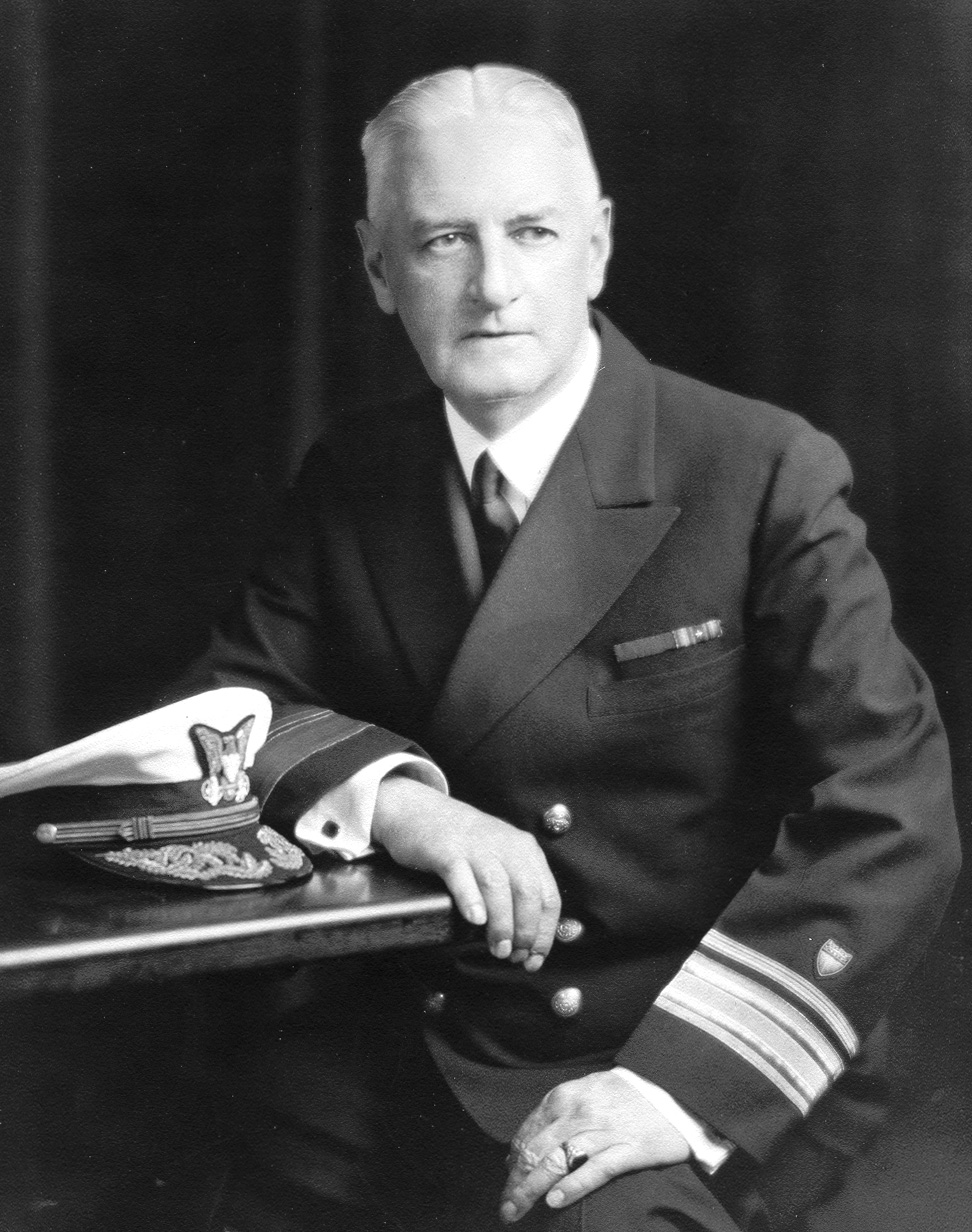 ntinued to receive highly responsible positions in the service. In May 1928, he was appointed
ntinued to receive highly responsible positions in the service. In May 1928, he was appointed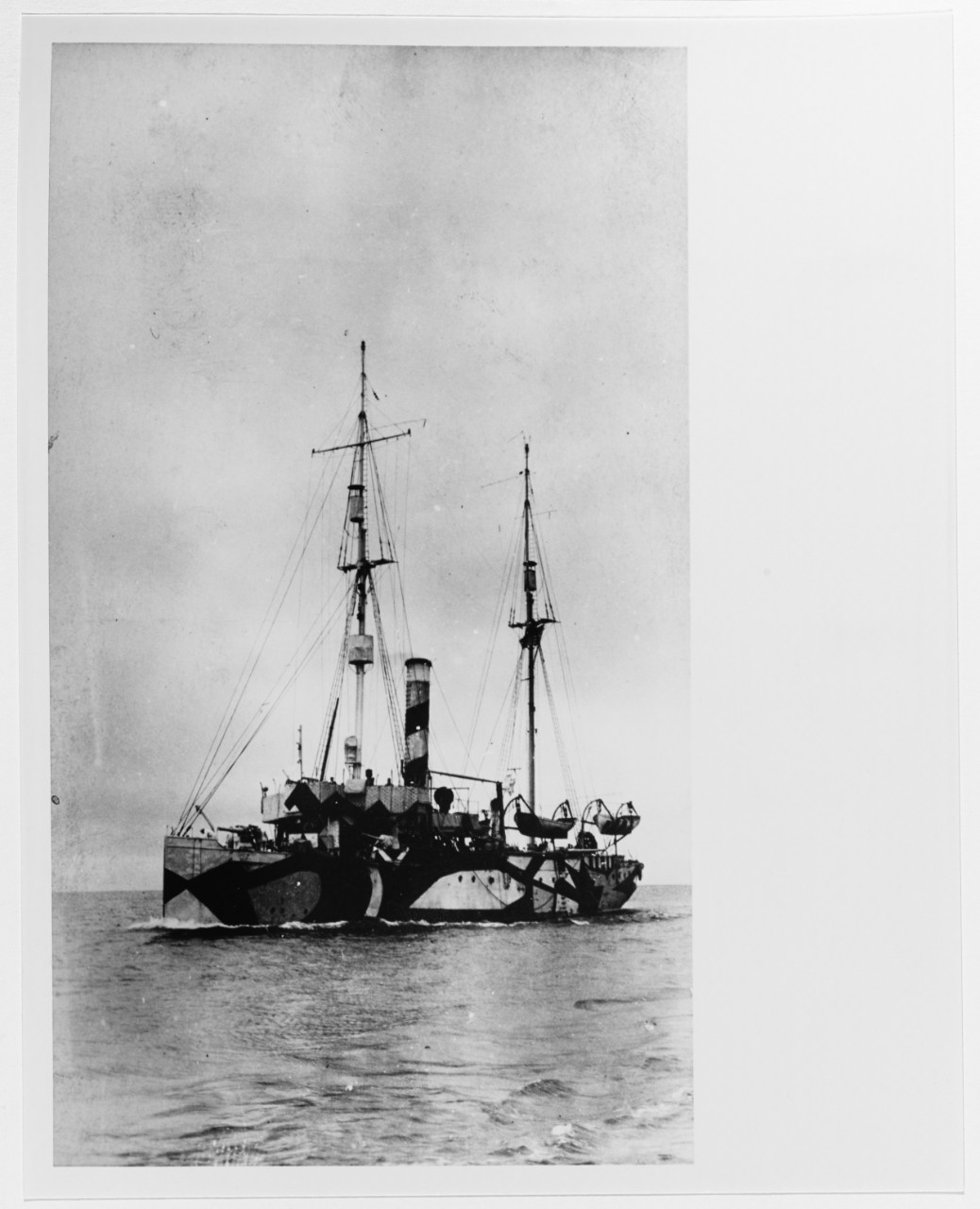 superintendent of the Coast Guard Academy at New London, Connecticut. While there, he oversaw establishment of the modern Coast Guard Academy in its current location. On May 7, 1932, the Commandant of the Coast Guard, Rear Adm. Frederick Billard, died unexpectedly of pneumonia. To replace him, President Herbert Hoover appointed Hamlet to the post of commandant on June 14, 1932.
superintendent of the Coast Guard Academy at New London, Connecticut. While there, he oversaw establishment of the modern Coast Guard Academy in its current location. On May 7, 1932, the Commandant of the Coast Guard, Rear Adm. Frederick Billard, died unexpectedly of pneumonia. To replace him, President Herbert Hoover appointed Hamlet to the post of commandant on June 14, 1932.
During his term as commandant, Hamlet’s foremost problem concerned Coast Guard funding. With the nation enduring the Great Depression, Coast Guard’s budget was slashed. In 1933, the service implemented a cost-cutting plan that resulted in decommissioning vessels, closing stations, and reducing manpower. In total, Hamlet cut Coast Guard expenditures by 25 percent.
Unfortunately, Hamlet’s cost cutting measures led to an effort to bring the Coast Guard permanently under the Navy. Through his concerted effort, Hamlet forestalled this proposed merger by President Franklin Roosevelt. Hamlet pointed out that the Coast Guard’s mission was distinct from the Navy’s. If the two services combined, the Coast Guard’s traditional law enforcement and rescue missions would be overwhelmed by naval defense demands. Hamlet argued such a result was counter to national interests. Chief of Naval Operations, Admiral William Pratt, concurred with Hamlet and joined his opposition to the president. Despite their efforts, transfer of the Coast Guard to the Navy appeared imminent. Congressional opposition, however, finally prevented the transfer and the service remained within the Treasury Department.
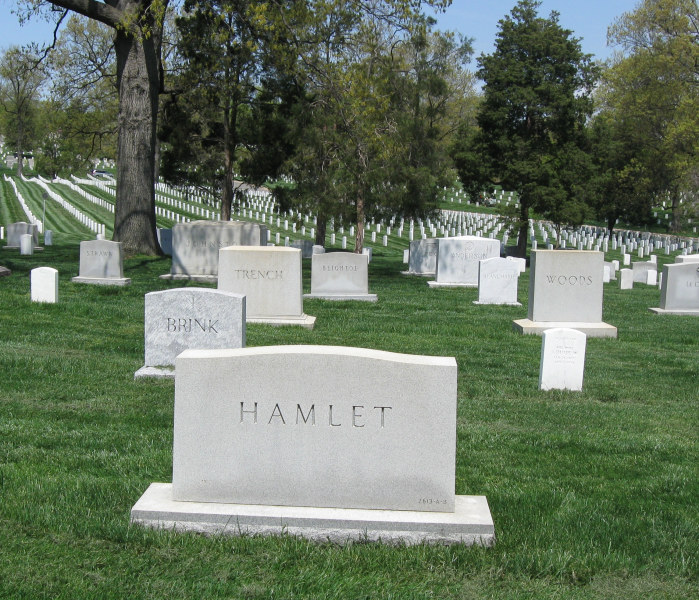 For a term of four years, Commandant Hamlet held the rank of rear admiral, upper half. In 1936, upon completion of his term, he reverted to captain and was detailed to special duty in the Secretary of the Treasury’s Office. During this time, he served as Chairman of Merchant Marine Personnel Advisory and Commerce committees in the U.S. Senate. This position involved the study of American merchant marine issues and recommending legislation to improve the American Merchant Marine.
For a term of four years, Commandant Hamlet held the rank of rear admiral, upper half. In 1936, upon completion of his term, he reverted to captain and was detailed to special duty in the Secretary of the Treasury’s Office. During this time, he served as Chairman of Merchant Marine Personnel Advisory and Commerce committees in the U.S. Senate. This position involved the study of American merchant marine issues and recommending legislation to improve the American Merchant Marine.
In 1938, Hamlet penned his Coast Guard Creed, later adopted as the official creed of the Coast Guard. Later that year, on September 1st, at the age of 64, Capt. Harry Hamlet retired. Because he had served as commandant, his retirement rank would have been returned to rear admiral, upper half, but his rank was raised another grade to vice admiral by virtue of serving well over 40 years in the Coast Guard.
Vice Adm. Hamlet died Jan. 24, 1954, and was interred with military honors at Arlington National Cemetery. He was a distinguished member of the long blue line who penned The Creed and embodied the core values of “honor, respect and devotion to duty.”